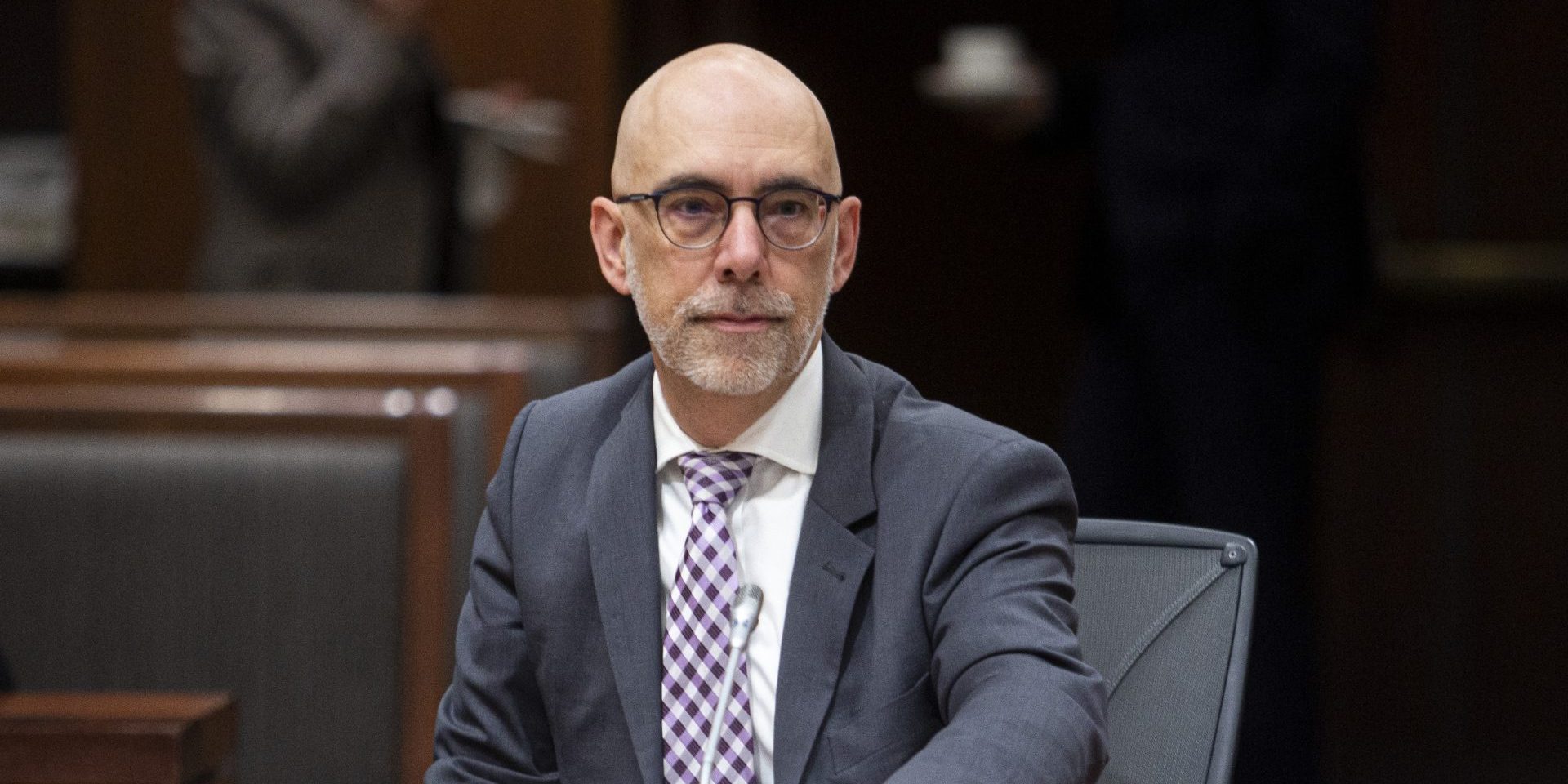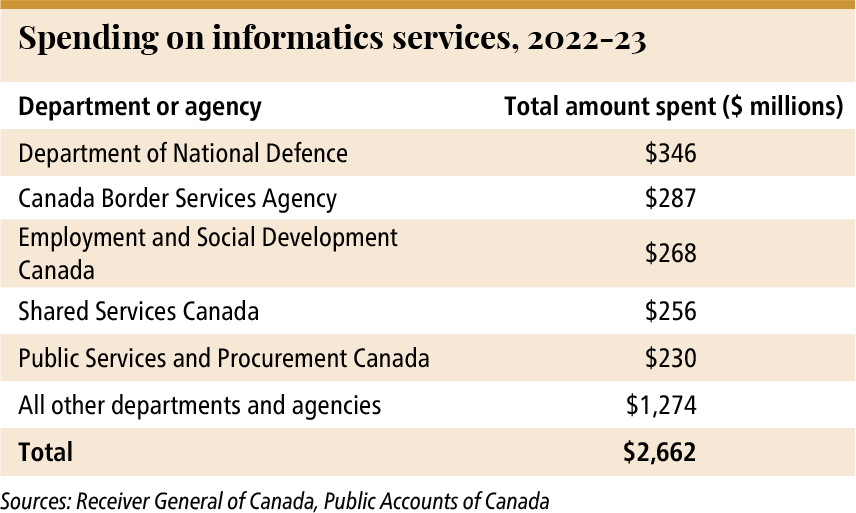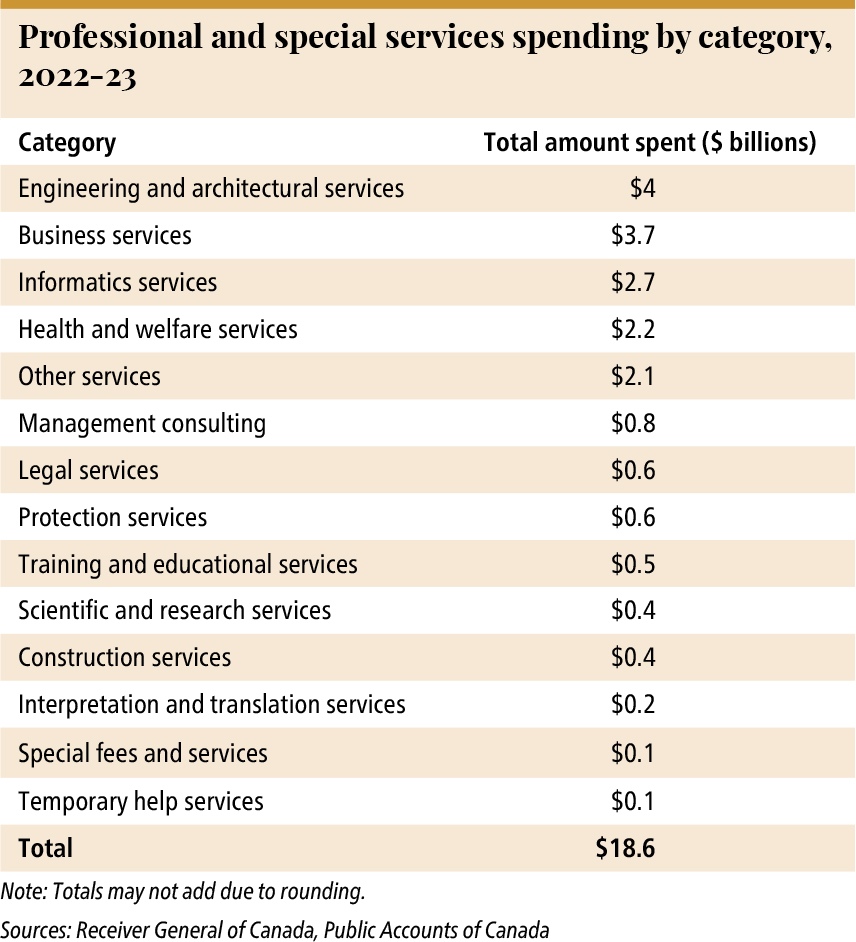Hiring IT contractors cost feds 22 per cent more than using public servants, PBO finds

Hiring external IT contractors cost the federal government at least 22 per cent more than using public servants in four departments during the 2022-23 fiscal year, according to a new report by the Parliamentary Budget Officer.
The PBO’s Jan. 16 report on the “fiscal impact of hiring task-based IT contractors” stems from a motion adopted last March by MPs on the House Government Operations and Estimates (OGGO) Committee, which requested an assessment of how the government’s use of 635 staffing companies increased costs for taxpayers. Despite the prorogation of Parliament on Jan. 6, the report was released as most of the work had already been completed.
It found contractors were paid daily rates ranging on average from $925 to $964, translating to costs between 22 and 25.7 per cent higher than public servants’ salaries in equivalent roles. The analysis focused on task-based IT contractors who worked more than 200 days in 2022-23 to allow for direct comparison with full-time public service positions. However, the PBO was unable to determine why contractors were hired at a premium, or whether the added costs were justified.
The federal government spent $18.6-billion on professional and special services during the 2022-23 fiscal year, according to the report. Of that, $2.66-billion was spent on informatics services, including IT-related services.

Five departments were responsible for more than half of this spending. The Department of National Defence (DND) spent the largest amount with $346-million, followed by the Canada Border Services Agency (CBSA) at $287-million. Employment and Social Development Canada (ESDC) reported $268-million in spending, Shared Services Canada spent $256-million, and Public Services and Procurement Canada (PSPC)—the government’s central purchasing agent—spent $230-million. All other federal departments and agencies within the scope of the PBO’s report spent $1.27-billion combined.
DND had 19 contracts in 2022-23, with 25 external contractors working an average of 238 days, and charging an average daily rate of $940. ESDC had six contracts, with 11 external contractors working an average of 222 days at $964 on average per day—the highest rate among the departments analyzed. PSPC had 18 contracts involving 132 contractors who worked an average of 232 days and charged just under at $963. Shared Services reported 50 contracts—the highest number among the departments—with 162 contractors working an average of 235 days at the lowest rate: $925. The report singled out the CBSA for providing only two months of data—April 2022 and January 2023—which hindered a full assessment of the costs associated with contracts.

The report highlighted issues the PBO faced trying to retrieve the data to get a full picture. In May, the PBO reached out to the office of then-Treasury Board president Anita Anand (Oakville, Ont.) asking for more data related to a list of firms that the government used on a per-diem basis
Anand’s office said it was “not in possession of the requested information beyond contracts issued within their departmental mandate,” and that the PBO should reach out to each department and agency if it wanted those details, but they represented “a significant use of time and resources to fulfill.”
The report also noted that data related to external contracts was not available in some federal departments and agencies, such as the CBSA, which limited the scope of the investigation and led to delays. The CBSA’s two months of data made it difficult for the PBO to make comparisons and screen out contractors who worked fewer than 200 days in a fiscal year.
“These uncertainties prevent any strong conclusions being made from the data, however it can still be used to provide some illustrative examples,” the report says.
The report also noted that MPs would need to request an audit by the auditor general’s office for a wider review of task-based IT contracting, citing the PBO’s limitations in obtaining information.
OGGO has been studying the Liberal government’s spending on outsourcing and consulting contracts since 2023. Conservative MP Garnett Genuis (Sherwood Park–Fort Saskatchewan, Alta.), who moved the motion that prompted the PBO report, has criticized the government for “trying to create the narrative that any reductions in spending would be devastating to Canadians who rely on government services.”
“Enormous amounts of money are being spent on contracting out and contracting to subcontract,” Genuis said during a March 18 meeting.
The federal government has been embroiled in controversies surrounding its contracting practices over the past few years, with the ArriveCan saga at the centre of intense scrutiny.

Critics have long argued that outsourcing professional services can lead to higher costs in government projects, reduced transparency, and a loss of institutional knowledge within the public service. The Professional Institute of the Public Service of Canada, which represents thousands of federal employees, has highlighted that the real costs of outsourcing are too high, leading to wasted money, and eroded capacity in public service.
Meanwhile the federal public service expanded by 30 per cent, growing from 282,980 employees in 2010 to 367,772 in 2024. That was also true in the five departments that hired IT contractors the most in 2022-23. ESDC recorded one of the largest increases, with staff numbers rising by 50 per cent from 26,012 to 39,089. CBSA’s public servant population grew by nearly 20 per cent from 14,398 in 2010 to 17,226 in 2024. National Defence saw the smallest increase from 27,291 public servants to 28,740. Shared Services Canada, established in 2011, grew to employ 9,502 public servants by 2024, marking a nearly 80 per cent increase in that period. PSPC saw its workforce increase by 38 per cent in that period, reaching 18,961 employees in 2024.
In a bid to save $500-million, the federal government’s 2023 budget aimed to reduce spending on consulting, professional services, and travel spending by 15 per cent in the 2023–24 fiscal year. Those targets were particularly focused on reducing expenses related to management consulting, part of a broader plan to cut $15.4-billion in government spending over five years.
The Hill Times reached out to the five departments highlighted in the report, but did not receive an immediate response by publication.
ikoca@hilltimes.com
The Hill Times






 LICENSING
LICENSING PODCAST
PODCAST ALERTS
ALERTS













